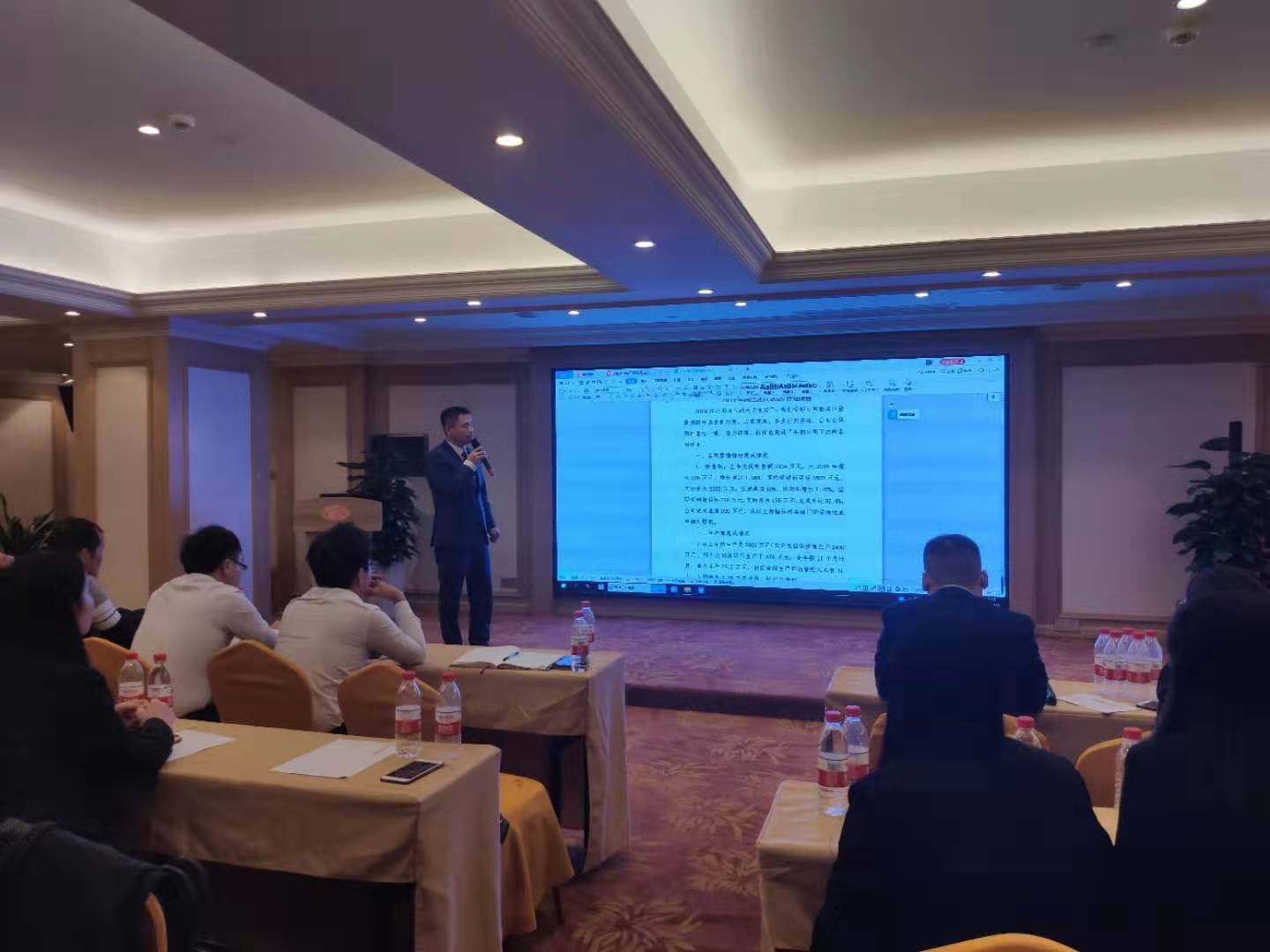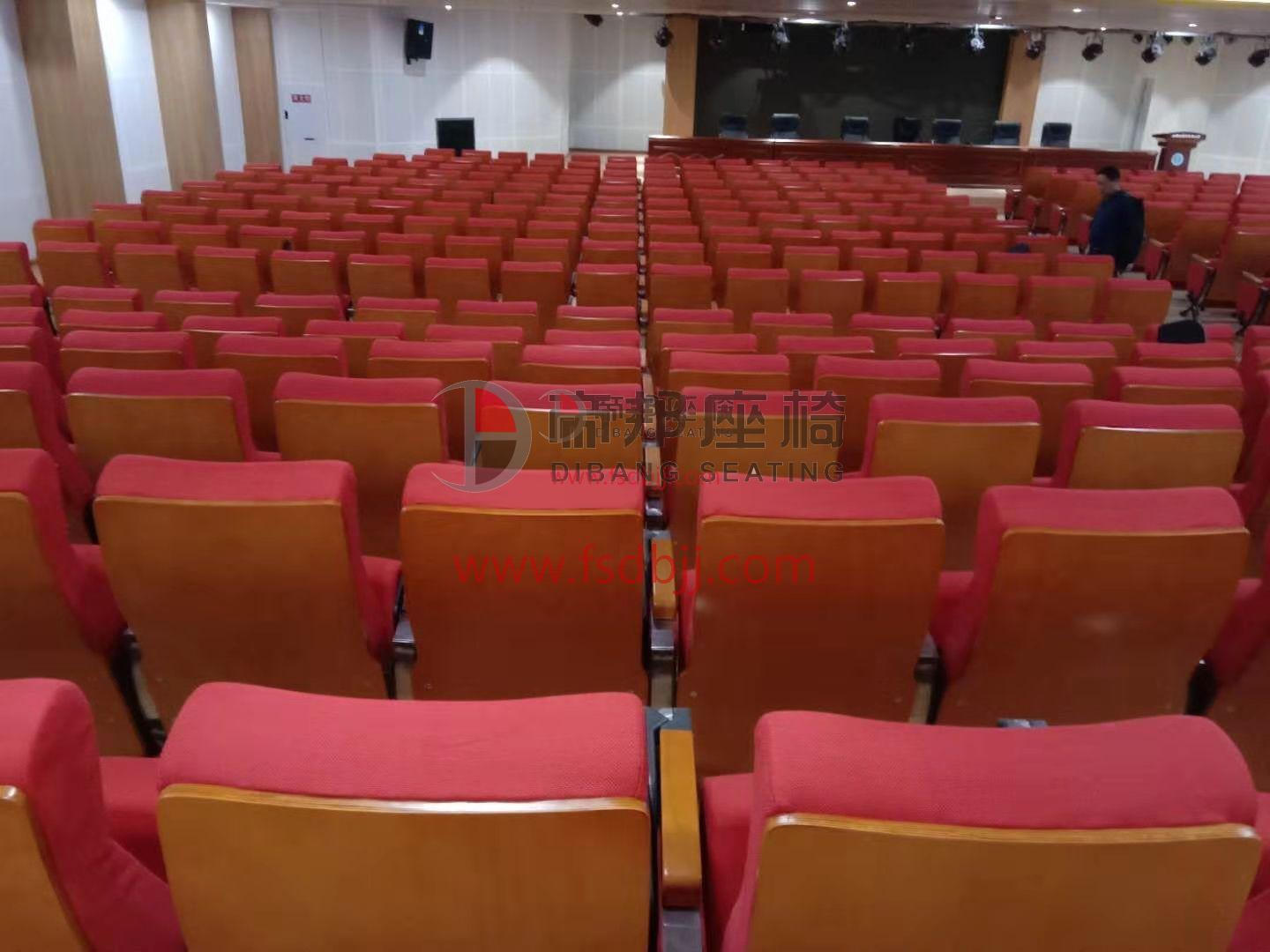26
2021
-
08
Functional dimensional design of desks and chairs
Functional dimensional design of desks and chairs
1. Seat height
The seat height of a desk and chair is the vertical distance from the front of the seat to the floor. It is one of the most important factors influencing the appropriateness of the sitting posture. If the seat height is not reasonable, it will cause students to sit wrong. If the seat height is too high, the legs are suspended and cannot erode on the floor. The body pressure is concentrated on the thighs, compressing the blood vessels in the thighs and affecting blood circulation. This can cause pain over time. The right seat height should make the seated person's legs naturally vertical. At this point the thighs tend to be horizontal and the feet are flat on the floor. Due to the support of the ground on the lower legs, the body pressure on the thighs and the tension of the back muscles are greatly reduced, ensuring the upper body. Balance and stability. When the height of the seat surface is close to the height of the human calf plus the height of the foot, it facilitates the reasonable distribution of human pressure on the seat surface. Therefore, the seat height design should strictly follow the leg plus foot height value of the human body in the sitting position
2. Seat width
The size of the human hip plus the appropriate range of motion, determines the width of the seat surface of the desk and chair. The seat width of student chairs should be designed to take into account the needs of those students who are tall and strong, so it should not be too narrow and should be based on anthropometric measurements of hip width. Seat widths are usually designed according to the 95th percentile of the female kidney width. Seat width is normally greater than or equal to 380mm
3. Seat inclination
This is because students maintain a prolonged forward leaning reading and writing posture in class and during self-study. If the front edge of the desk and chair seat is raised, the thighs near the gallows will exert a lot of pressure on the body and the abdomen will be severely squeezed. When leaning forward, the body pressure on the seating surface is more reasonably distributed when the angle between the thighs and the upper body is greater than 90°. Therefore, according to the needs of students sitting in front, the inclination angle of the school seat is generally -5°.
4. Seat backrest
In the learning process, students can remove the forward leaning reading and writing posture, i.e. the backward listening posture. When the back is leaned back, the backrest is supported and subjected to a certain body pressure load, with less pressure on the lumbar spine, hips and lower limbs; the back support prevents students from looking up at the blackboard or screen, greatly reducing discomfort in the cervical spine. After studying the relationship between postural changes and pressure on the lumbar spine, it was found that for a person weighing 70 kg, the pressure on the third lumbar spine was 100 kg when upright and up to 130 kg when seated. It can be seen that the burden on the spine increases significantly when sitting. It is often thought that sitting is comfortable, but this only applies to the feet. This is when the lower back is always in a state of discomfort, so it is very important that the backrest of the desk and chair supports the lower back.
It can be seen that most school desks and chairs do not have a backrest design, which is clearly unreasonable. Seats in different classroom models are more reasonable at around 248mm. In order to spread the weight of the backrest more, the height of the backrest needs to be higher than the height of the backrest point, which should be 350~400mm.
Quick Quote
* Note: Please be sure to fill in the information accurately and keep the communication open. We will get in touch with you as soon as possible
Hotline
Address
Building A and B, No. 282, Suxi Industrial Park, Longjiang Town, Shunde District, Foshan City, Guangdong Province, China
Follow Us








